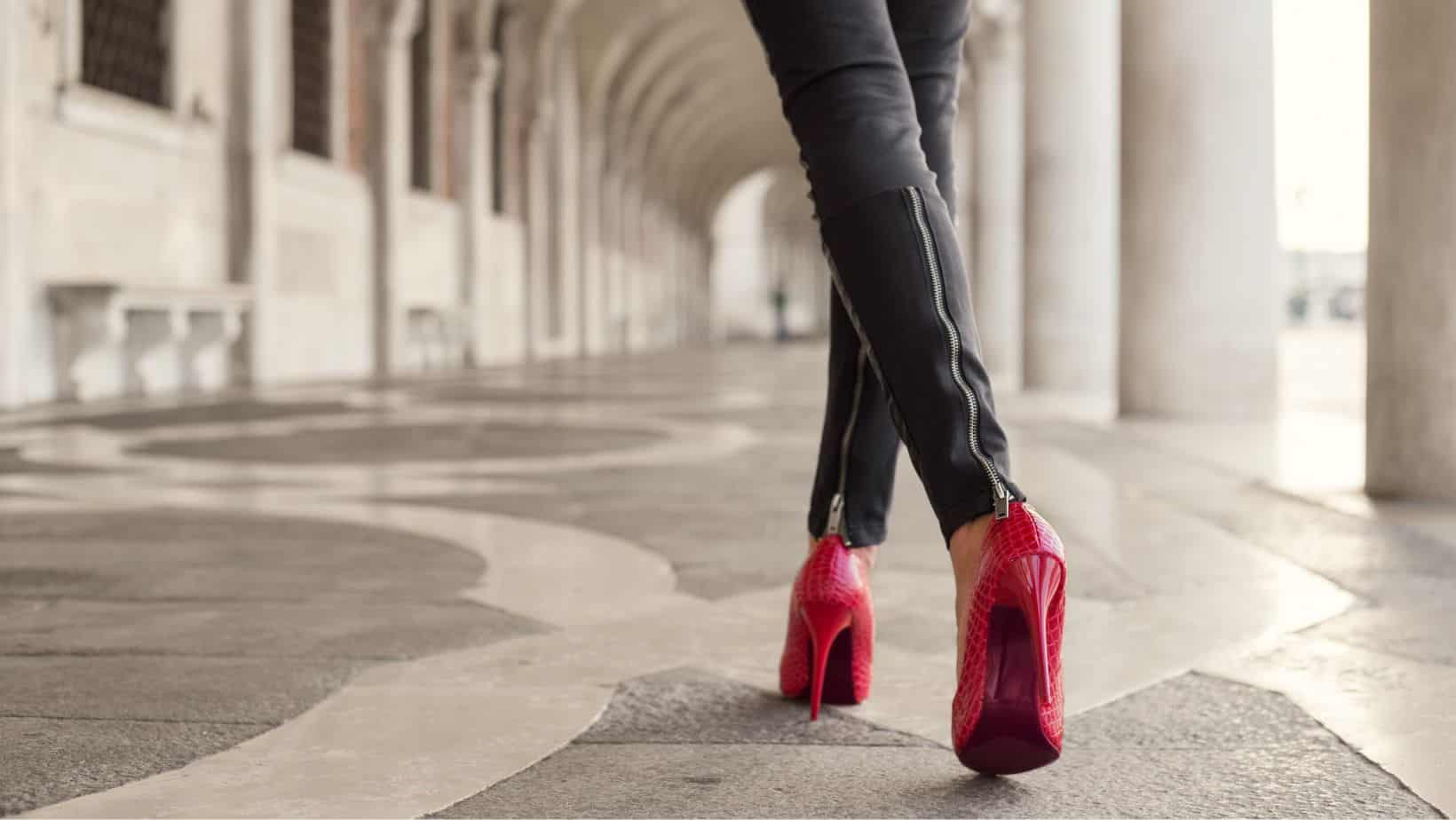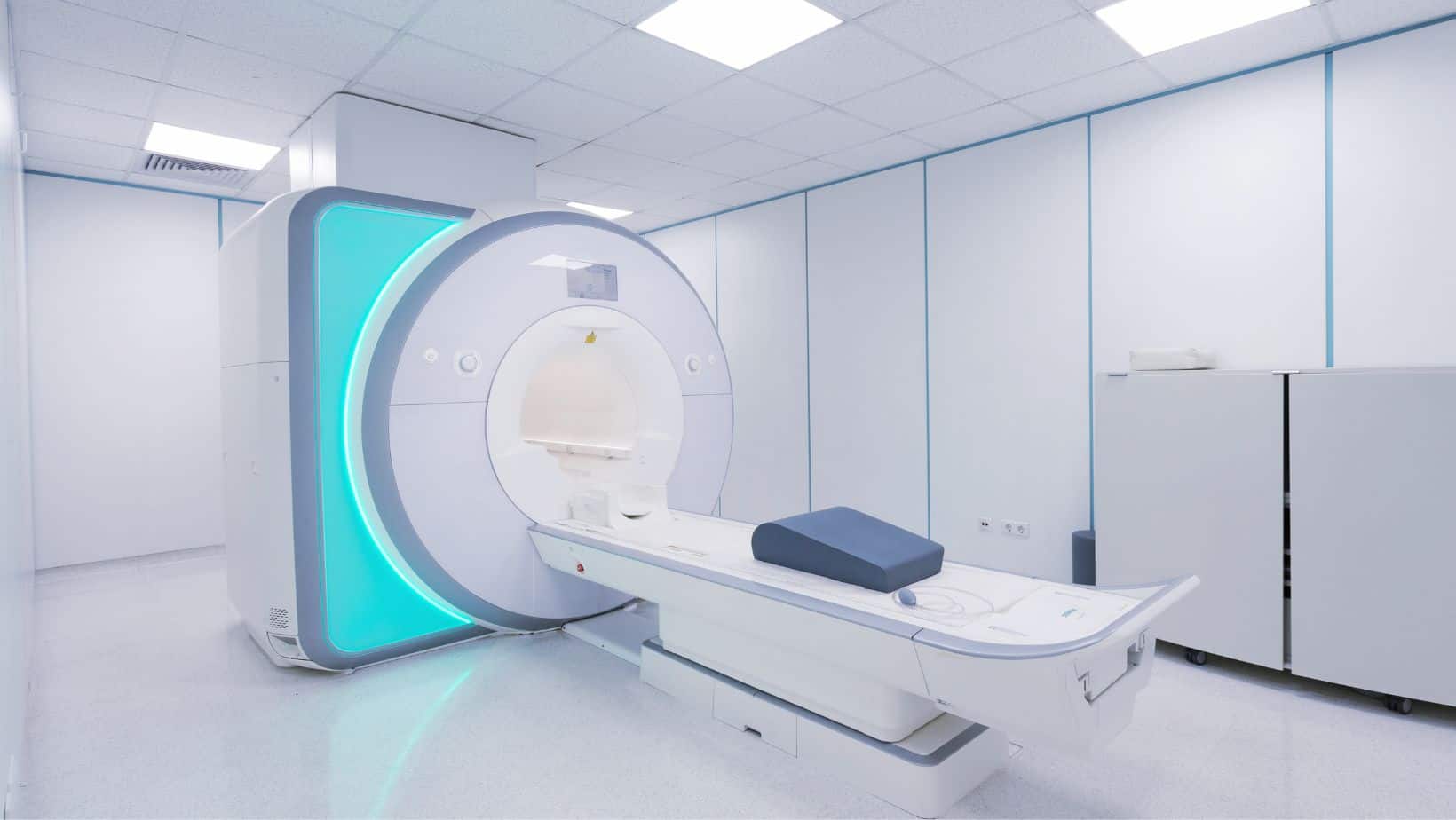Morton’s Neuroma
Read More >
Except for the big toe, there are 3 joints in the 2nd to 5th toes. The third joint in these toes, closest to the nail, is known as the distal interphalangeal (DIP) joint, and when there is a muscular imbalance within the toe, it causes the tip of the toe to curl downwards, and this is known as Mallet Toe.
Mallet Toe occurs most often in the second toe as it can be longer than the four other toes, but it can also occur in the 3rd to 5th toes. The muscle that attaches to the DIP joint is the Flexor Digitorum Longus (FDL), whose function is to bend the toe; however, if it becomes too tight, it pulls the tip of the toe downwards, resulting in a Mallet Toe.

The symptoms of Mallet Toe include the formation of a callus or corn on the tip of the affected toe that can become painful when more significant pressure is applied to it. A Mallet toe can become red, hot and swollen when aggravated.
Tight-fitting shoes, high heels and repetitive use from walking or running can aggravate the symptoms of Mallet Toe.

Mallet Toe has multiple causes, such as tight-fitting shoes, trauma to the joint, fracture of the toe, repetitive impact, arthritis and muscle imbalances.
There are some risk factors associated with the development of Mallet Toe. Women are more likely to develop the condition than men; increased age increases your risk, while diabetes and arthritis heighten your risk too.
A Foot and Ankle Consultant or a Physical Therapist can diagnose a Mallet Toe injury based on a patient’s symptoms and a physical examination of the foot. If the clinician would like to rule out other conditions, such as arthritis they may refer the patient for some scans.
An MRI may be requested to establish if there is any compromise to the soft tissues, the joint, or any swelling in the area.

Home treatment for Mallet Toe consists of correct fitting shoes, using a pummel stone to remove hard skin around the toes and wearing cushioned socks to reduce the friction of the toe on the ground.
If the joint is flexible, we recommend having a course in Physical Therapy to assess the flexibility, strength and balance of the foot, as well as a gait analysis to identify any biomechanical overloads of the toe.
Treatment can include soft tissue massage of the muscles and mobalisations of the joints alongside Mallet Toe Taping. Recommendations on footwear and custom insoles with metatarsal pads are beneficial for lengthening the affected toe alongside stretches and strengthening exercises to address muscular imbalances.
For a fixed Mallet Toe that is painful, surgery may be required.
A Mallet Toe is not the same as a Hammer Toe. A Mallet Toe causes a bend in the tip of the toe, known as the DIP (Distal Interphalangeal joint) joint, while a Hammer Toe causes a bend in the middle part of the toe, in a joint called the PIP (Proximal Interphalangeal Joint).
This article is written by James McCormack, a Lower Limb Specialist who is an expert in treating Mallet Toes.
This is not medical advice. We recommend a consultation with a medical professional such as James McCormack if you are experiencing any of the symptoms discussed in this article. James offers Online Physiotherapy Appointments weekly and face-to-face appointments in his London clinic.